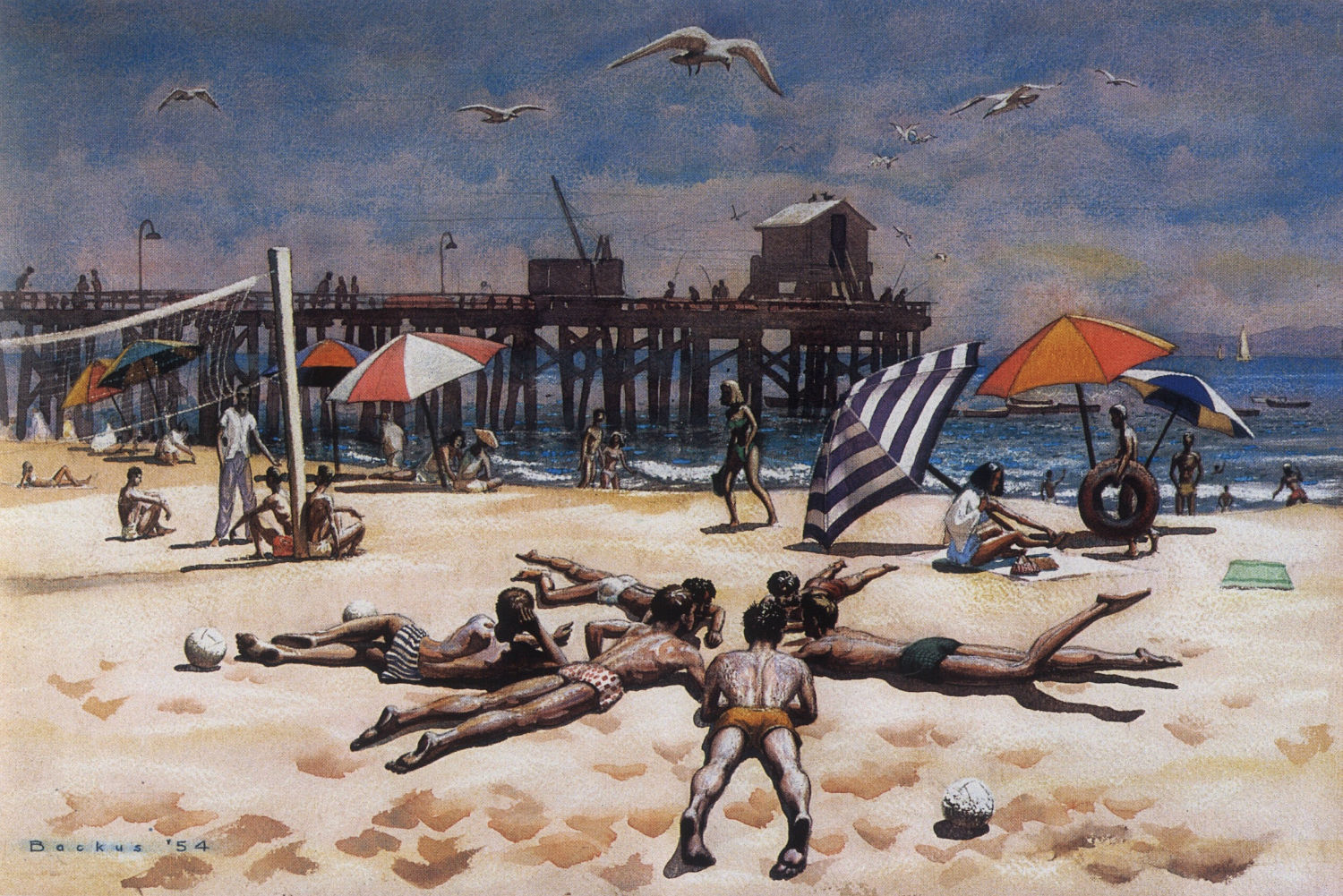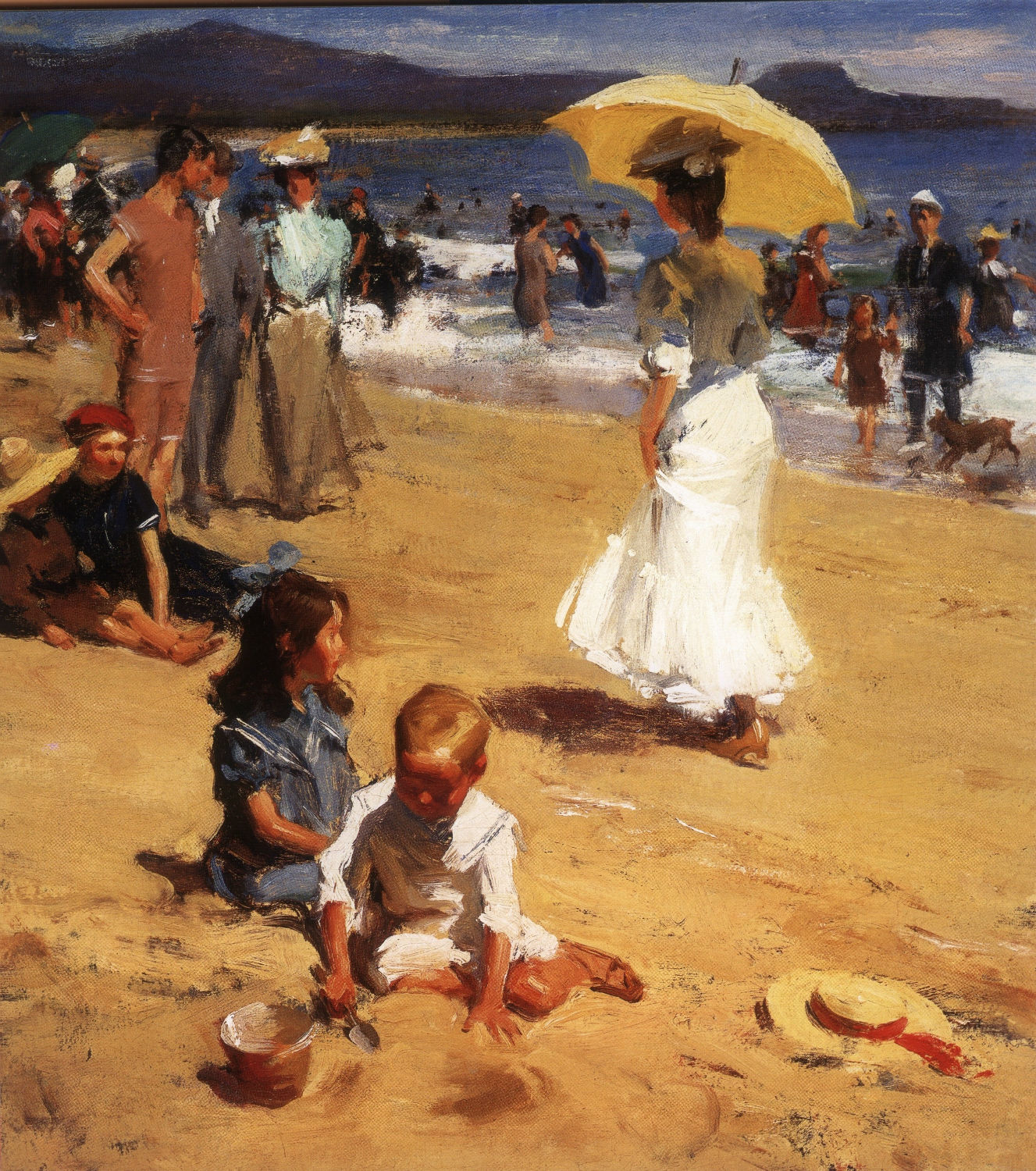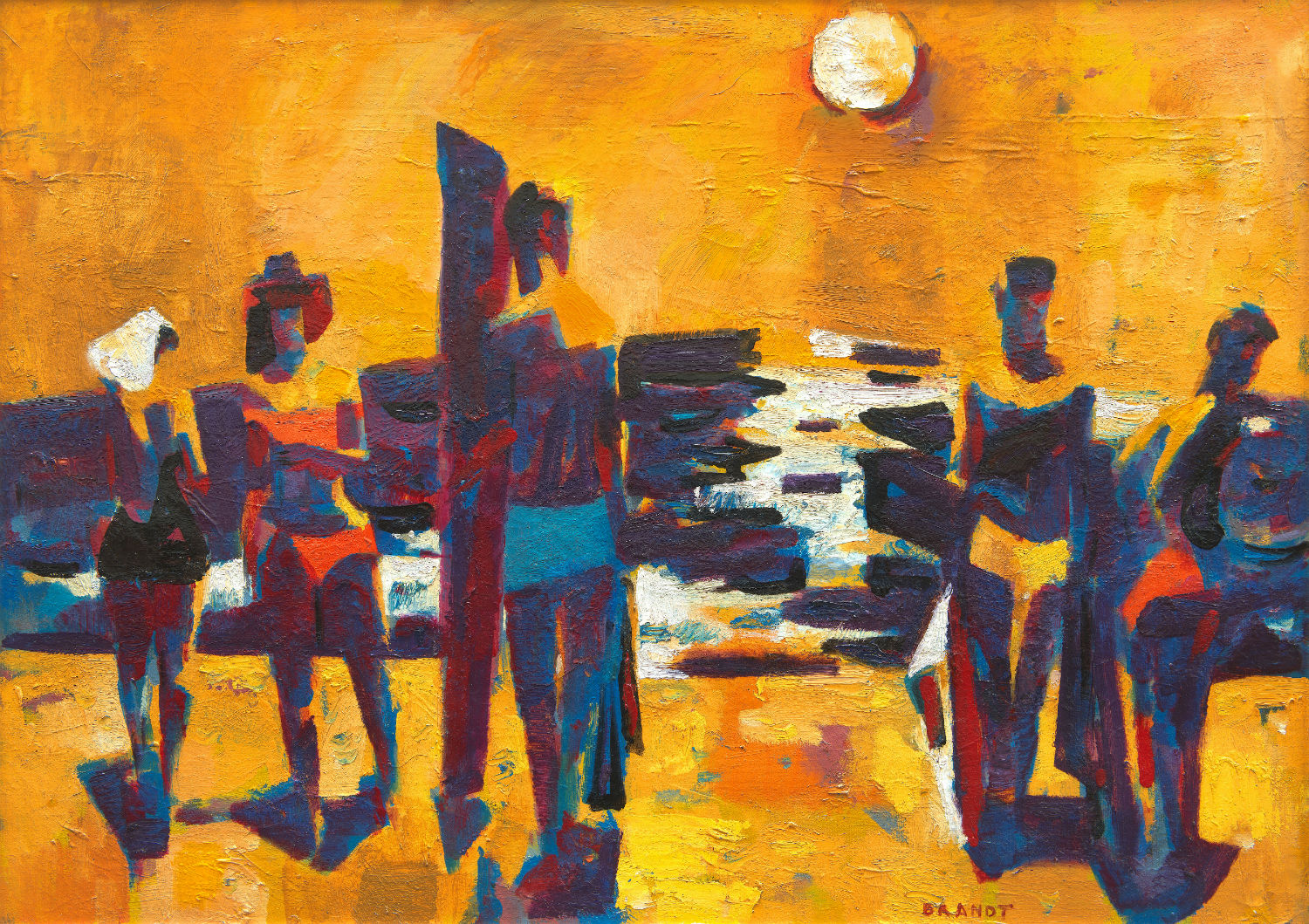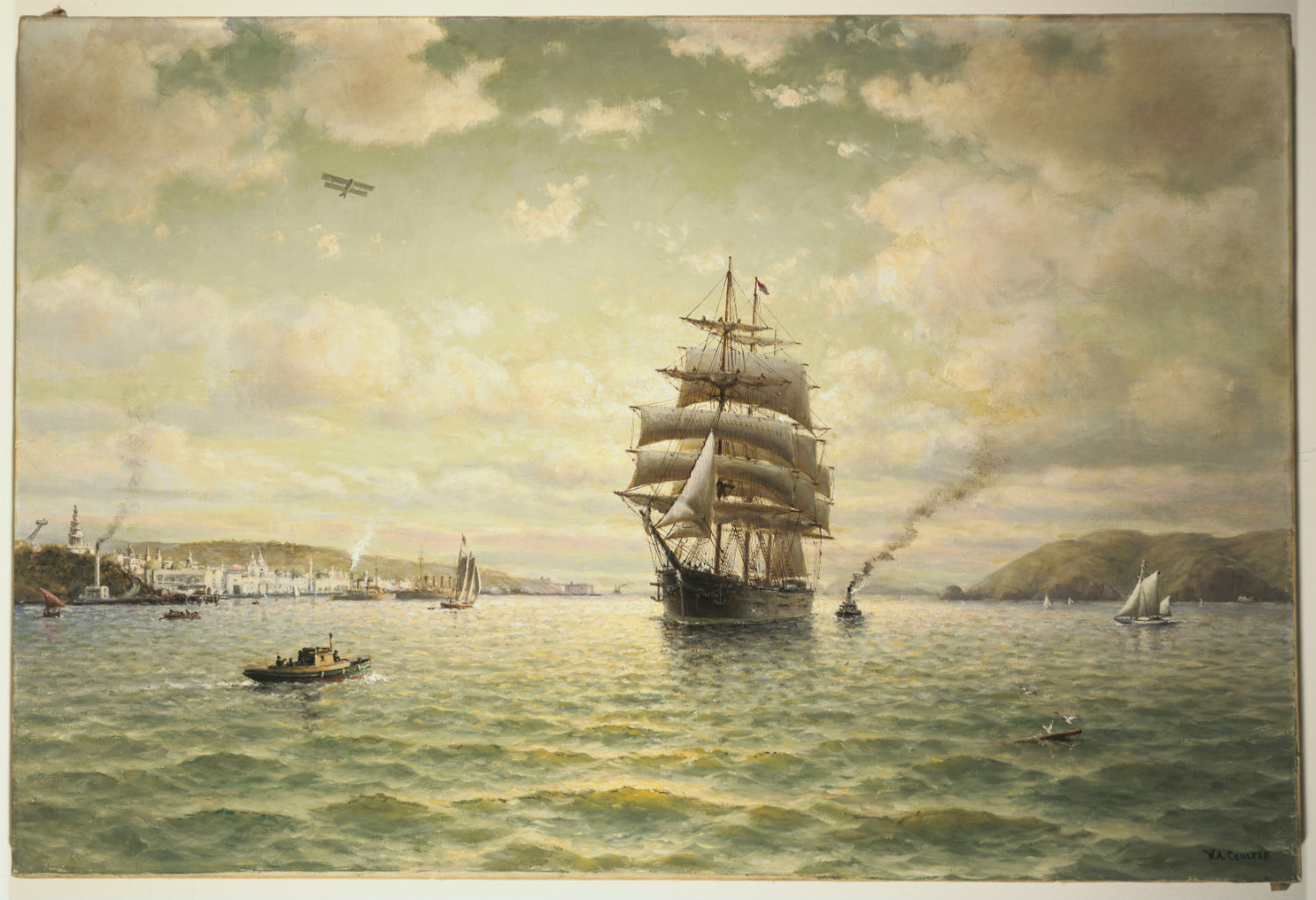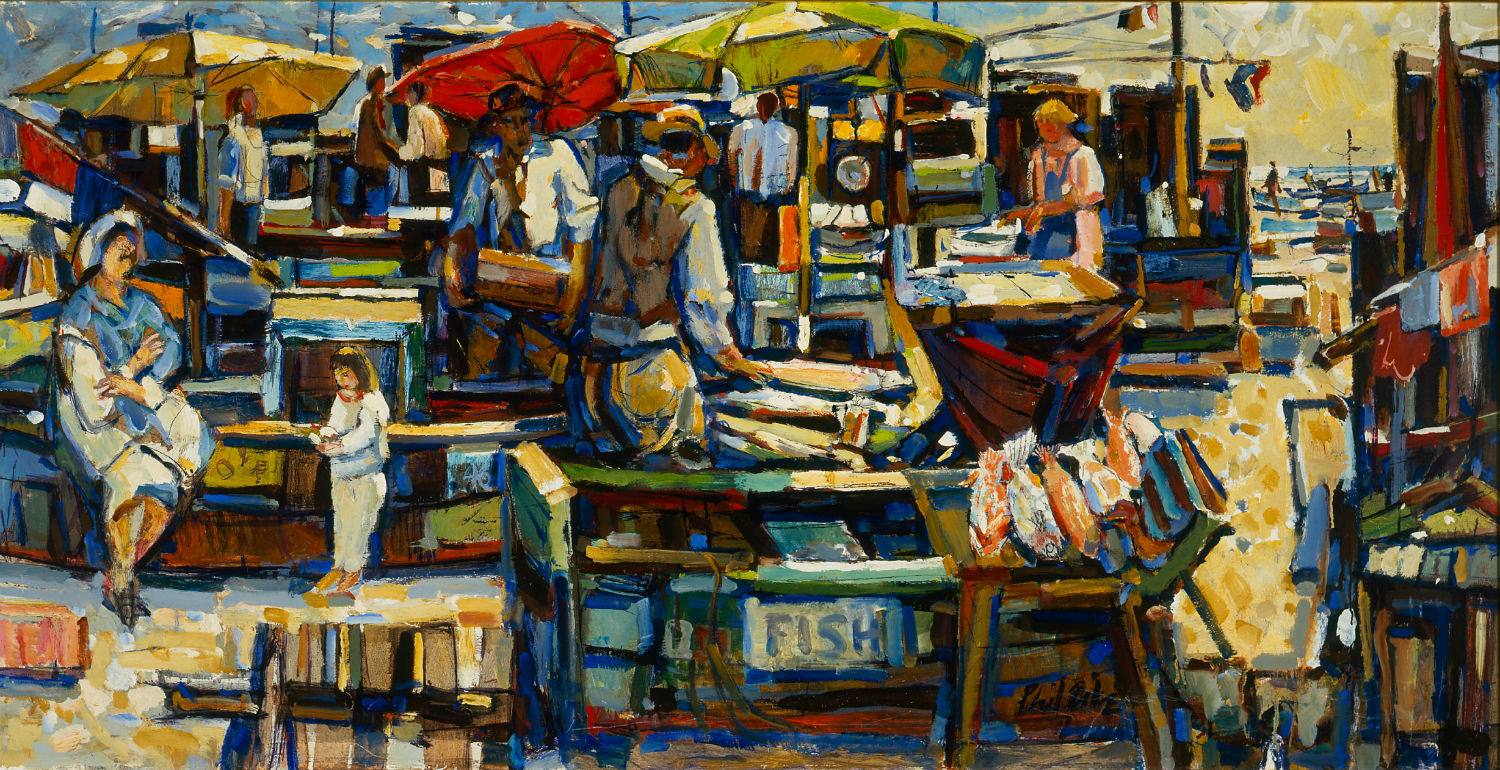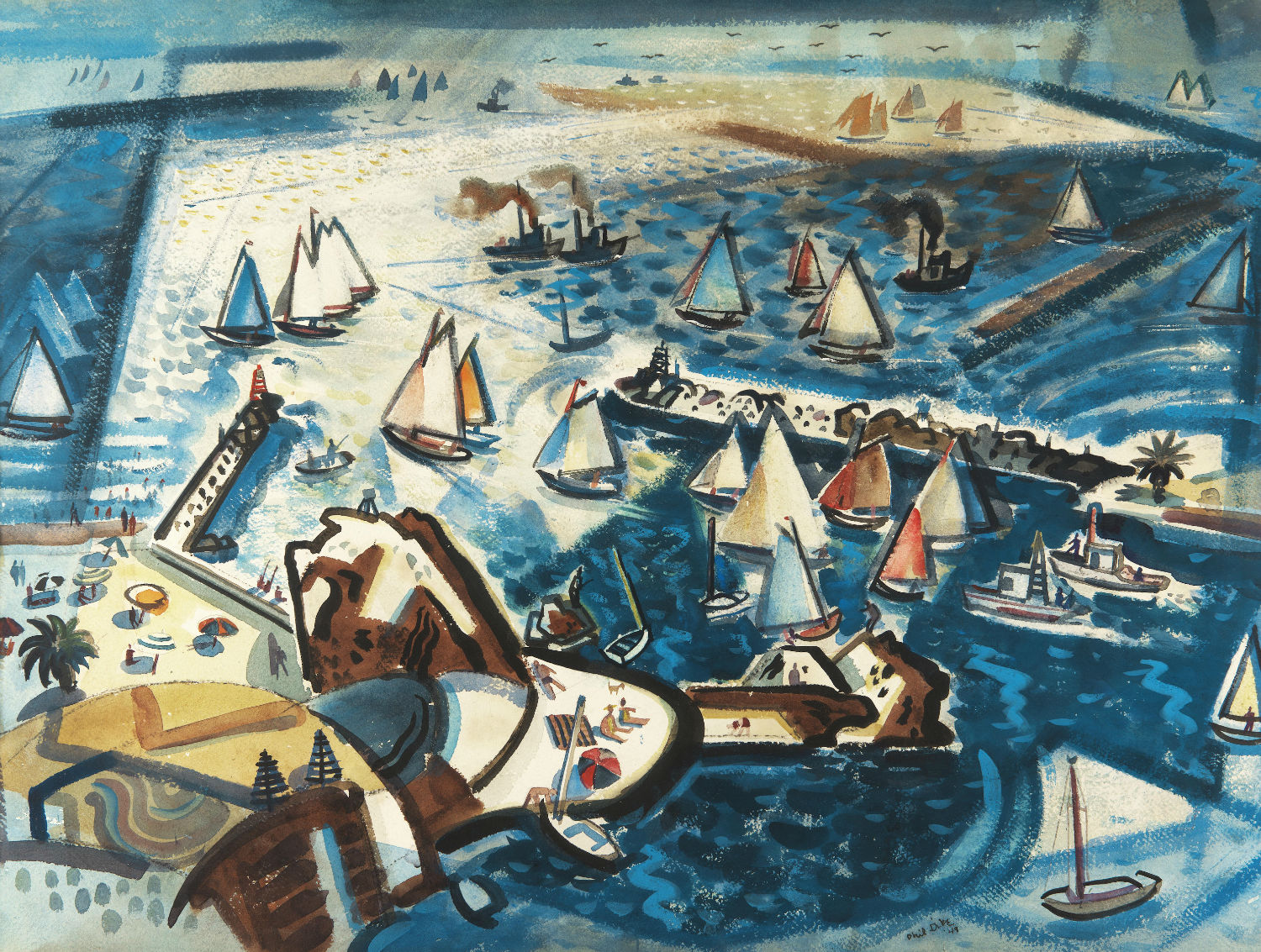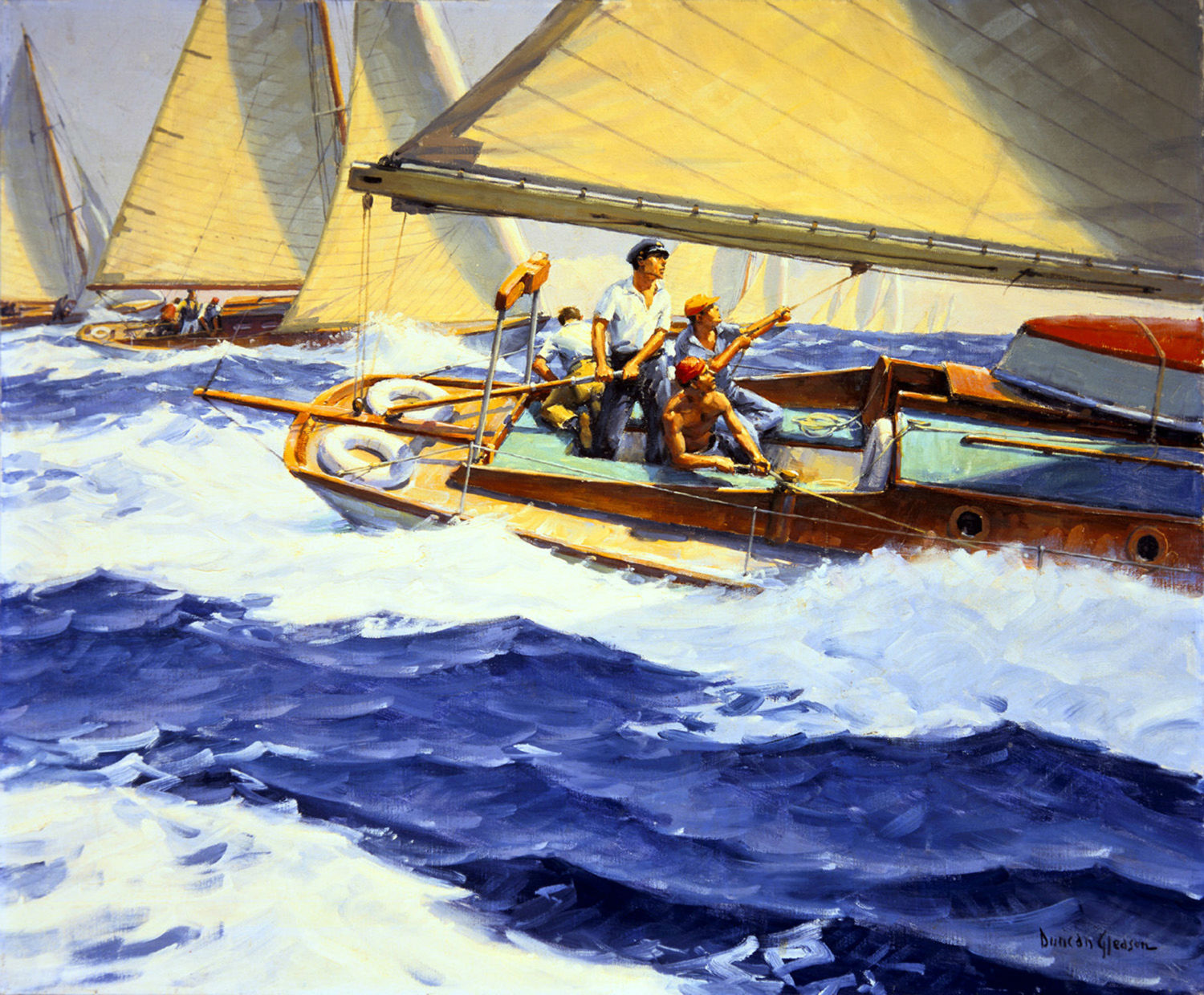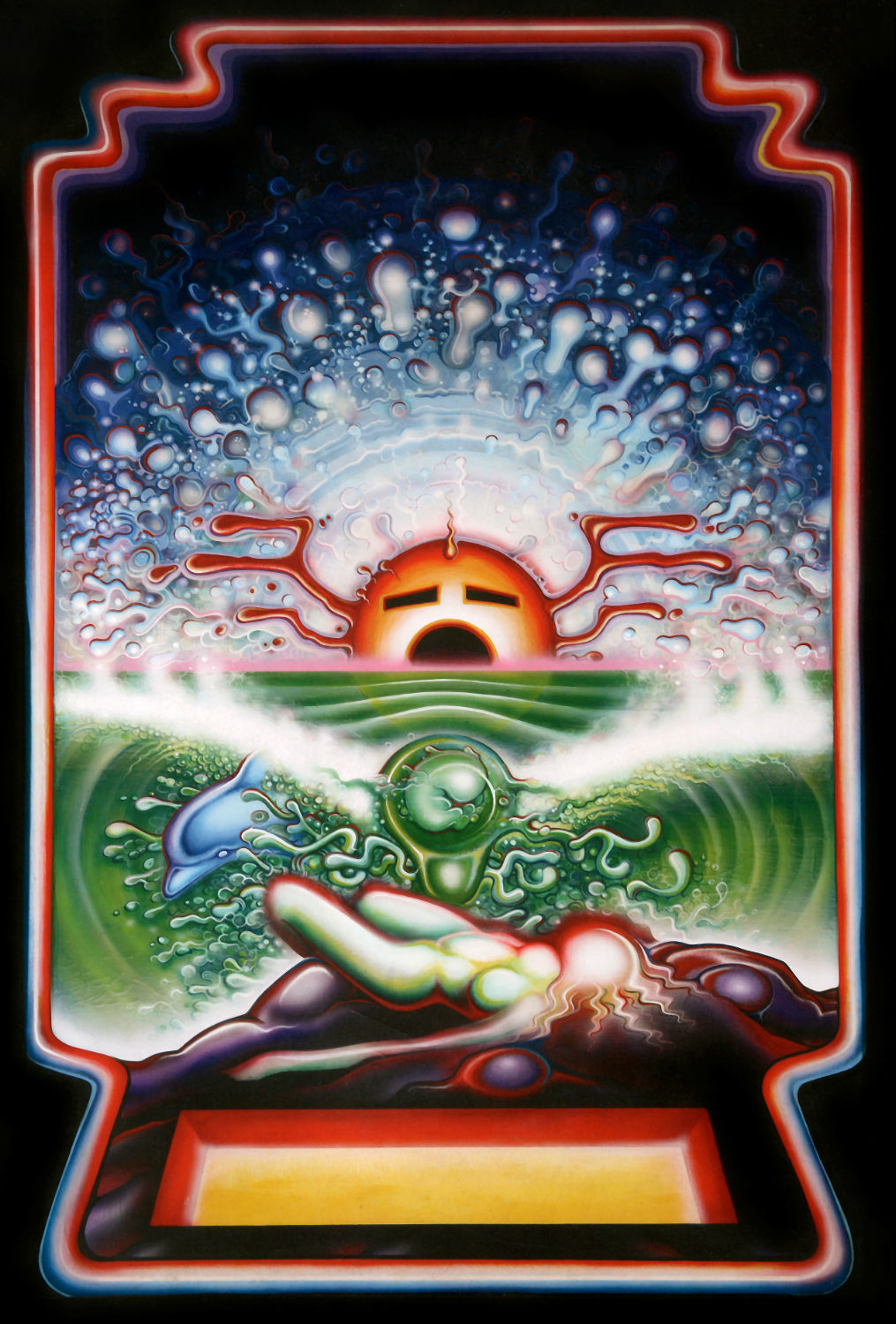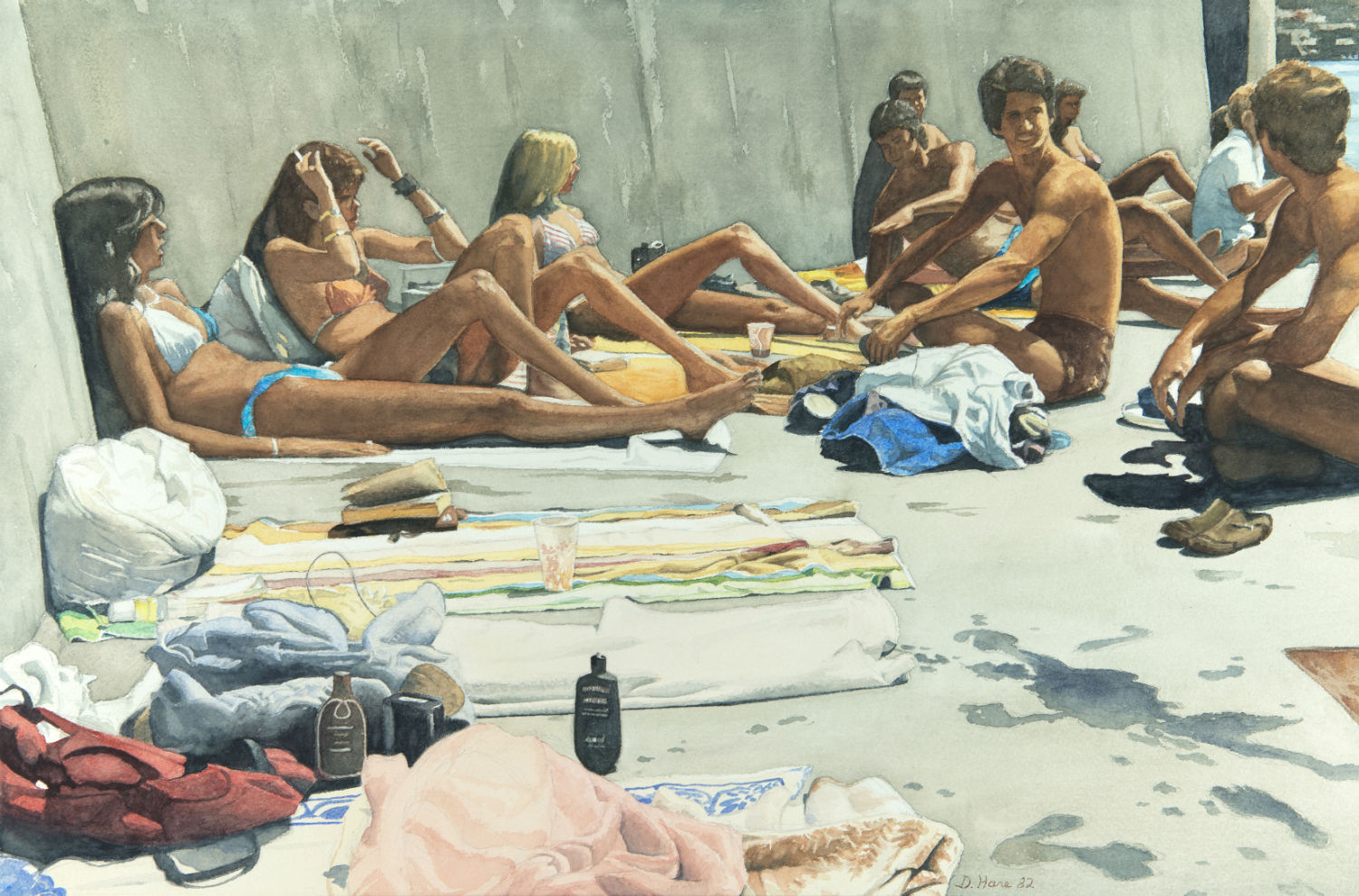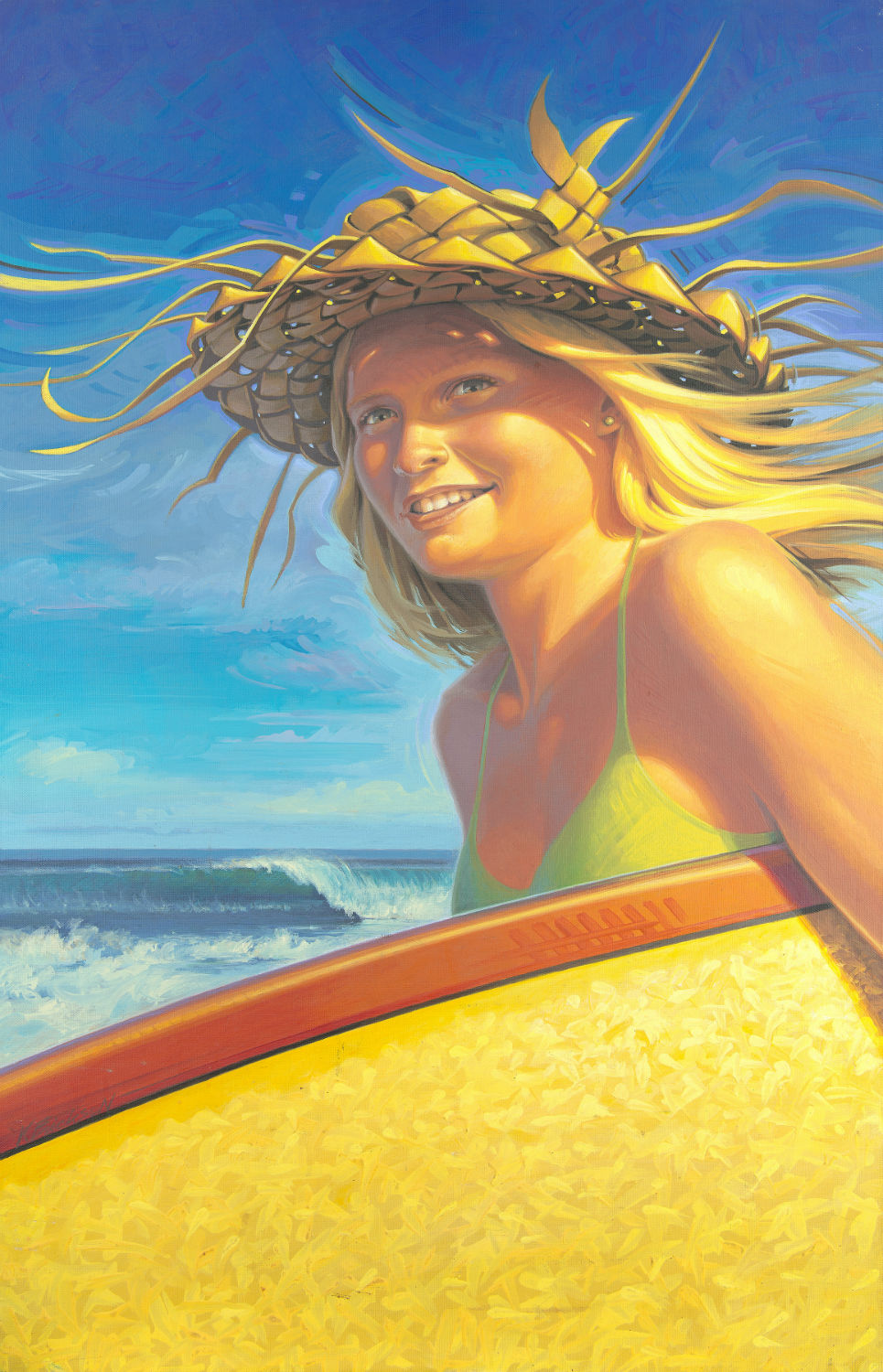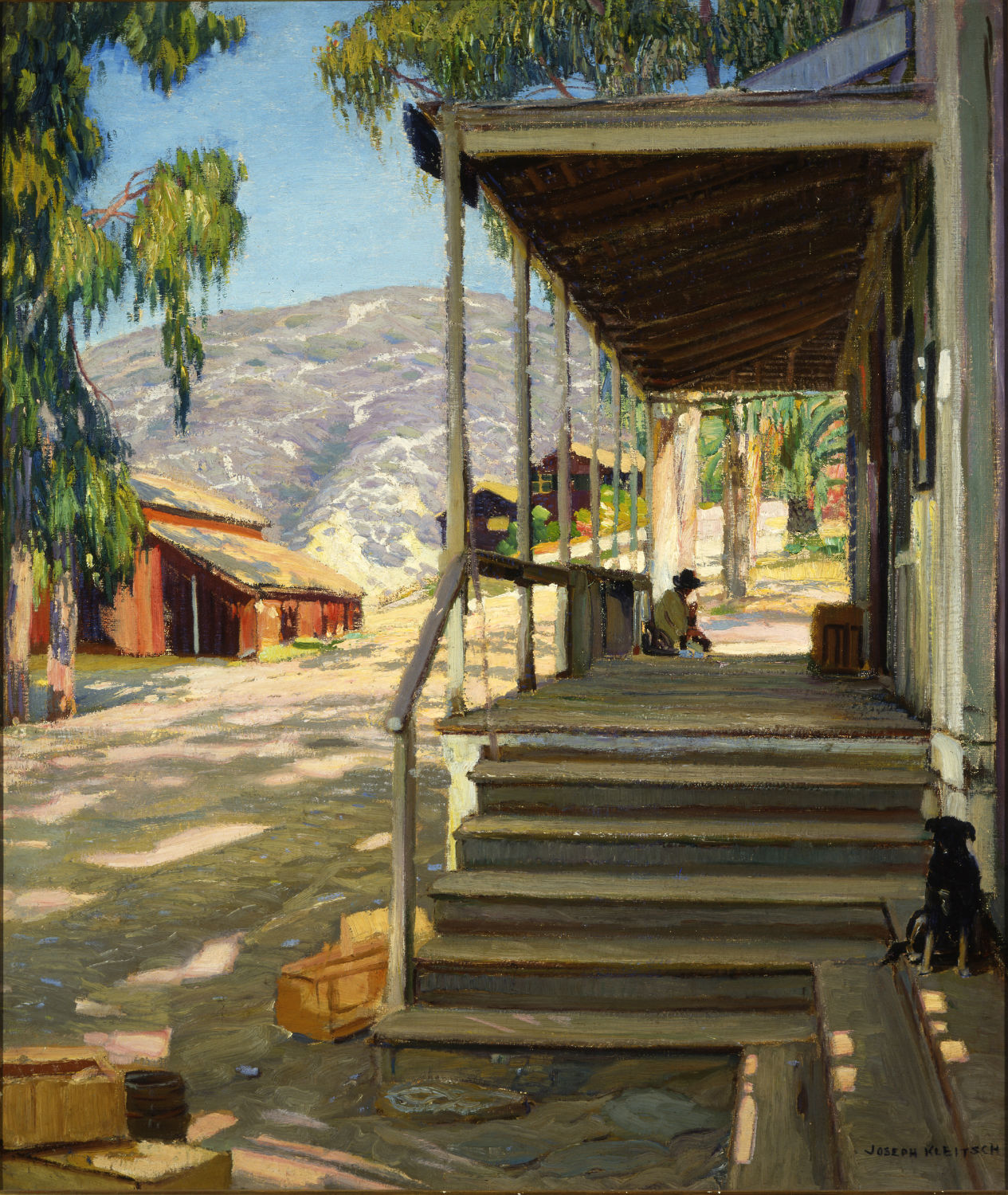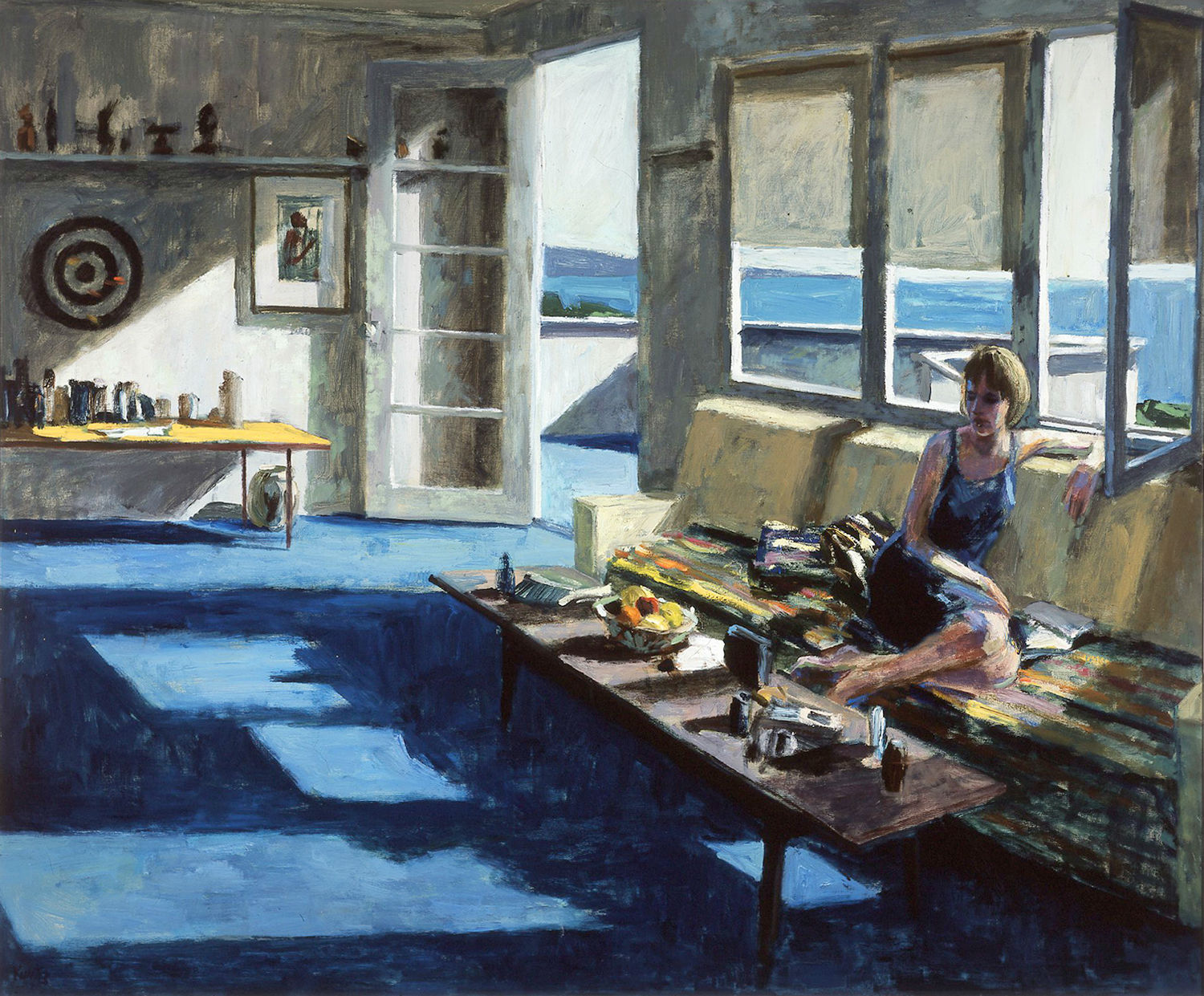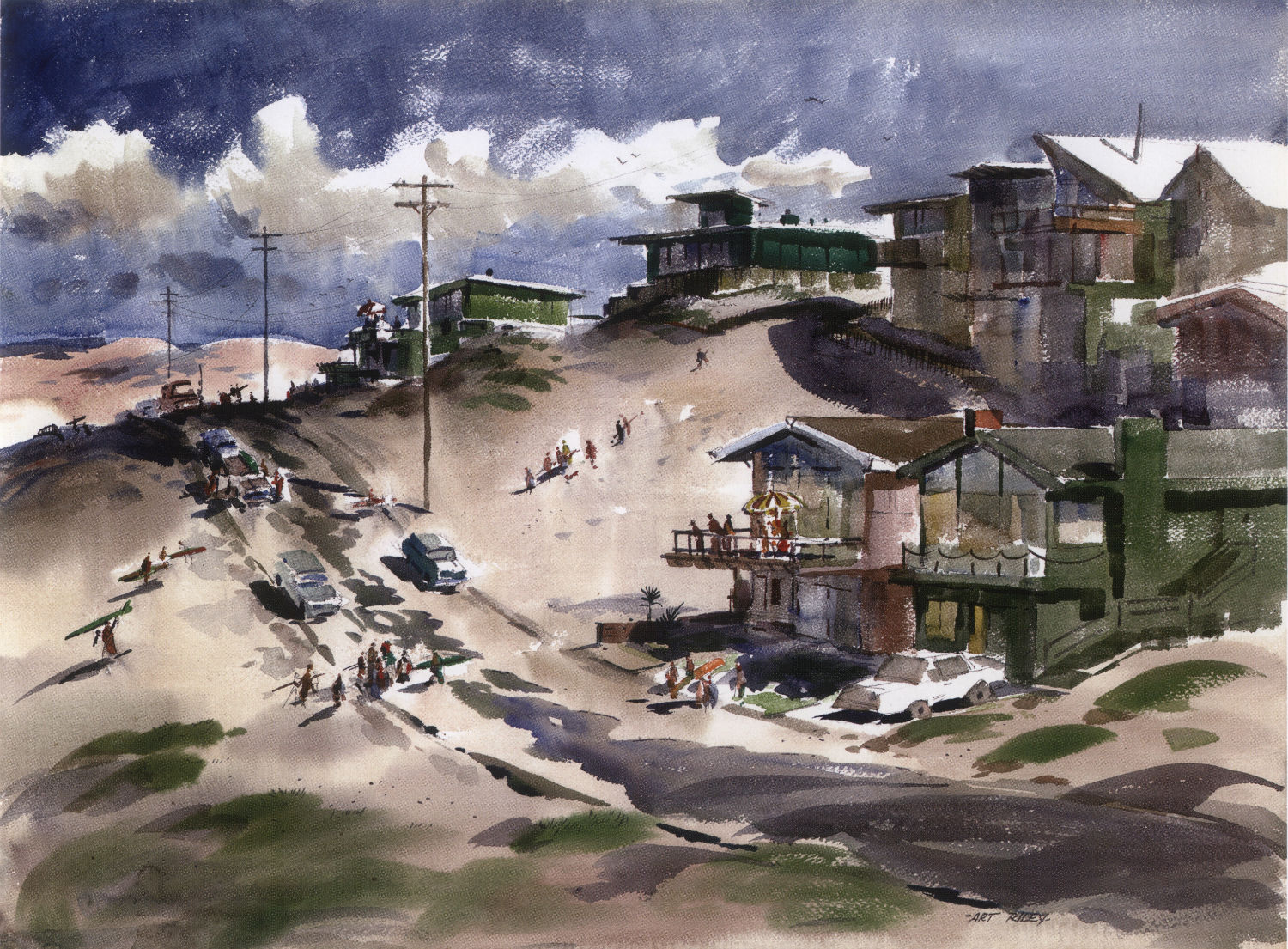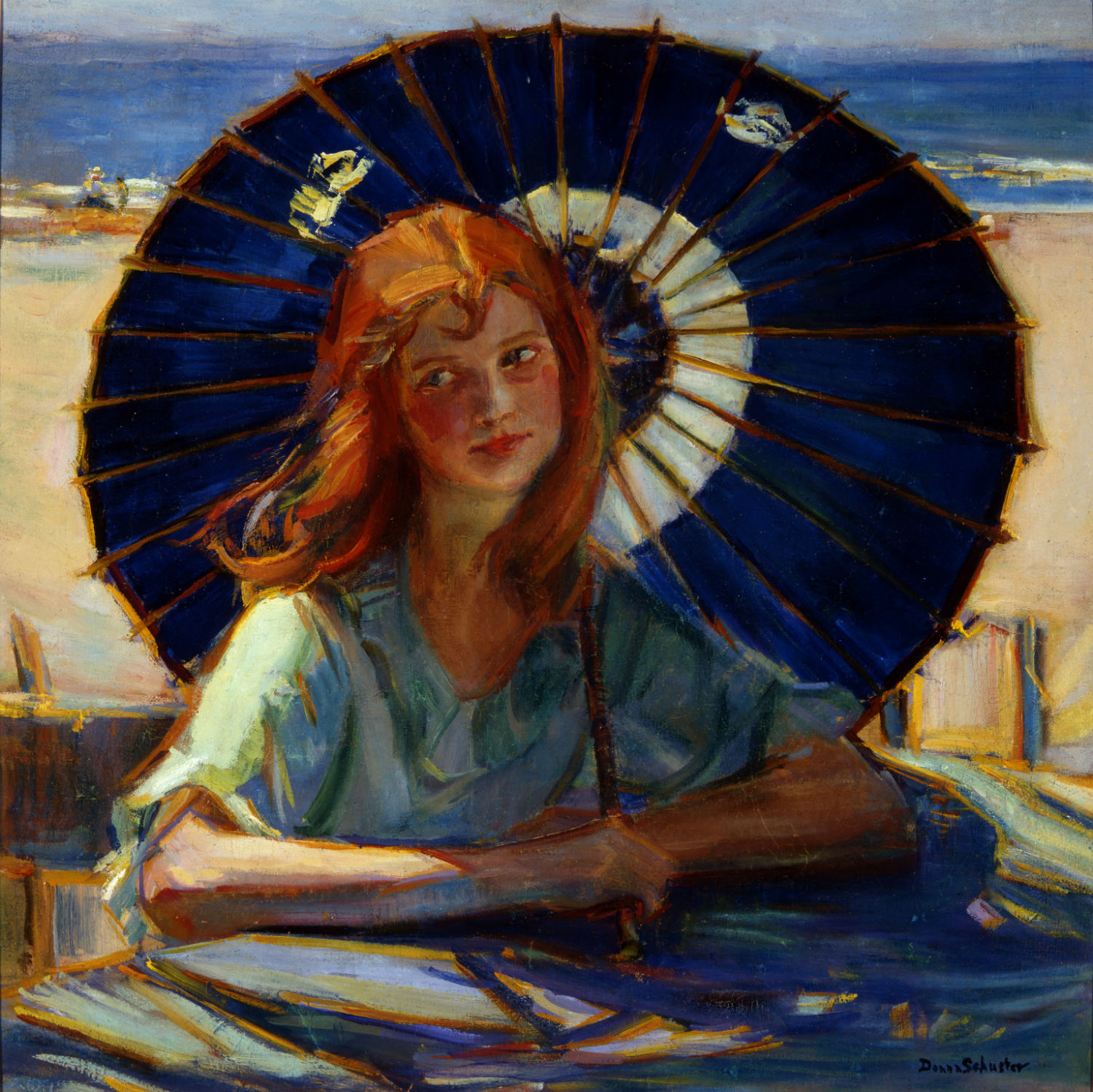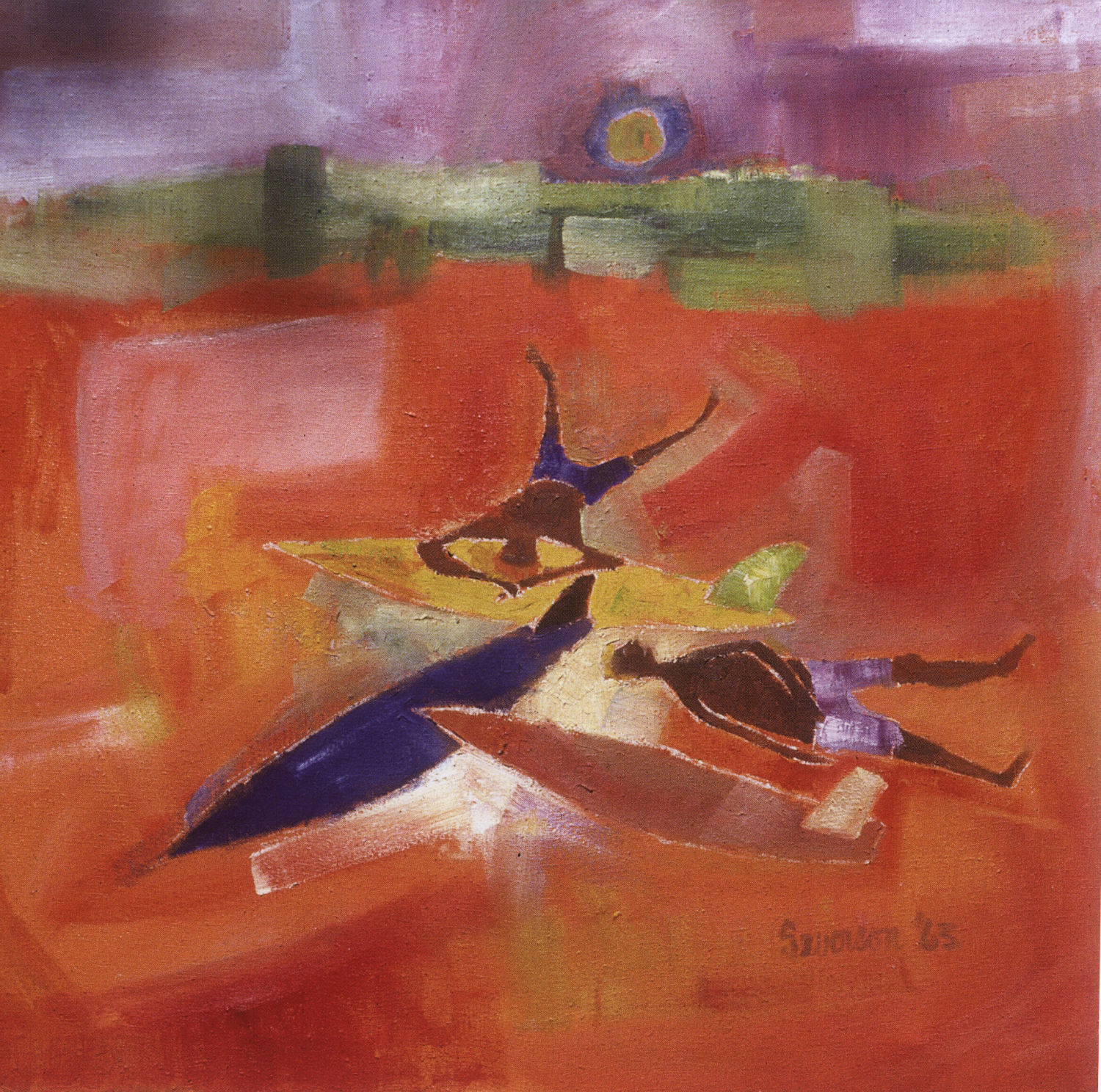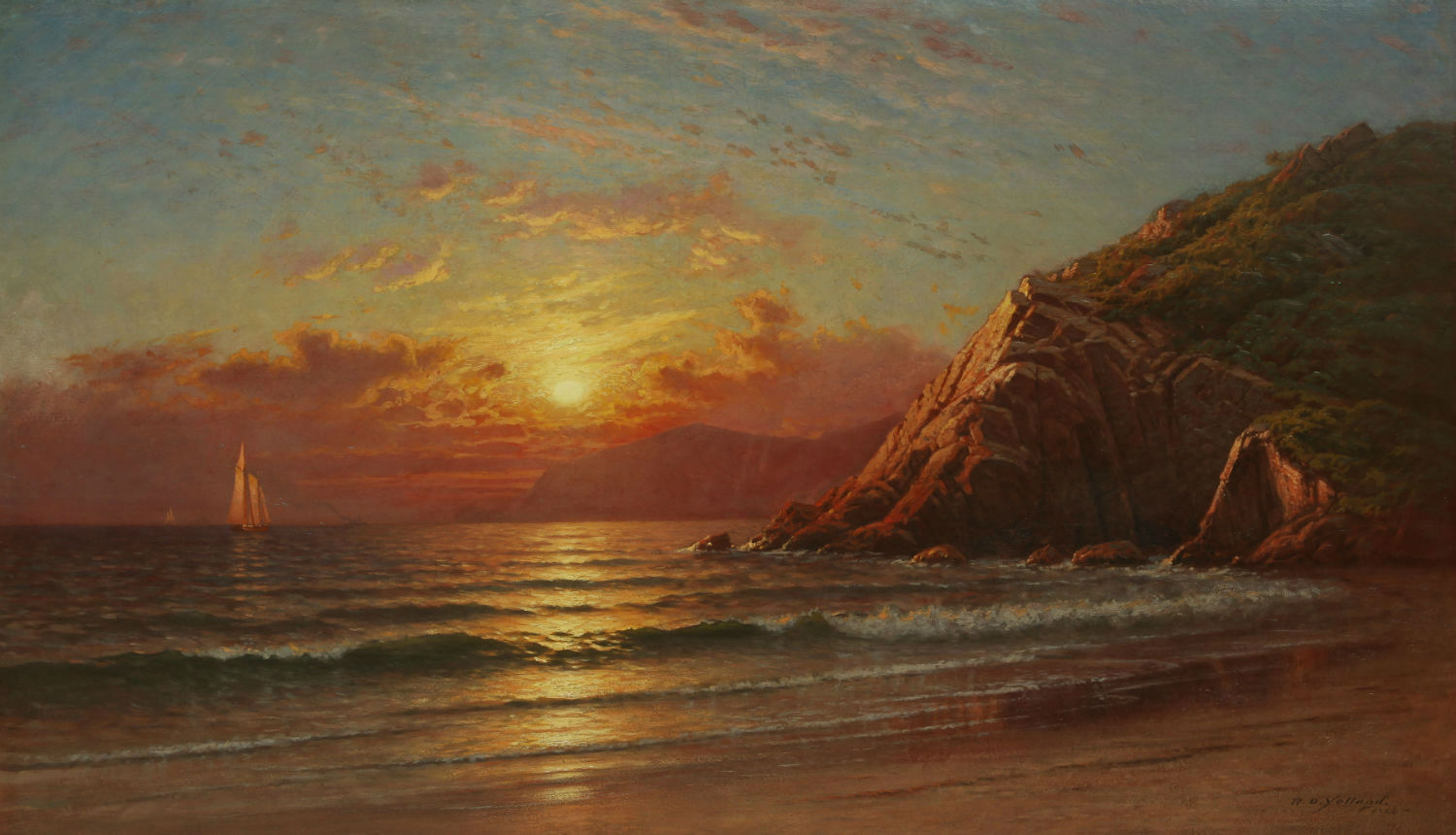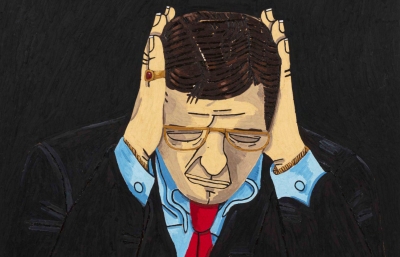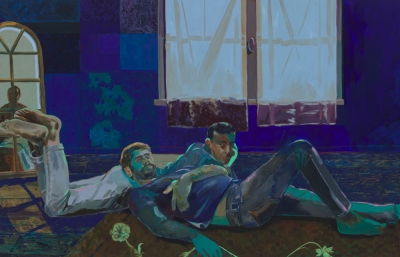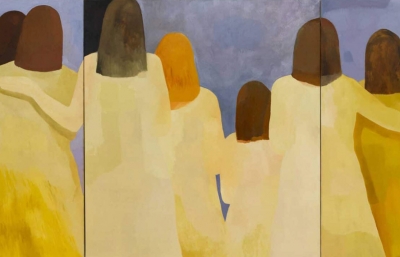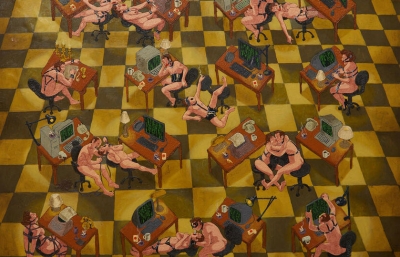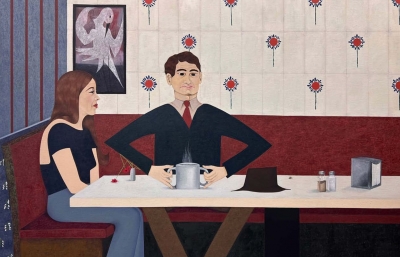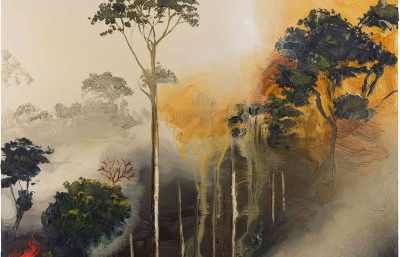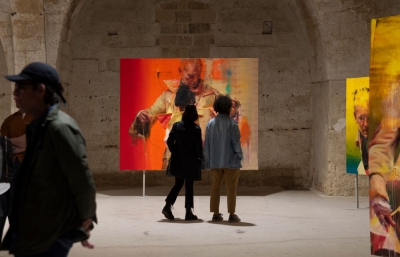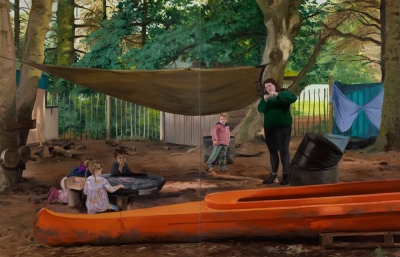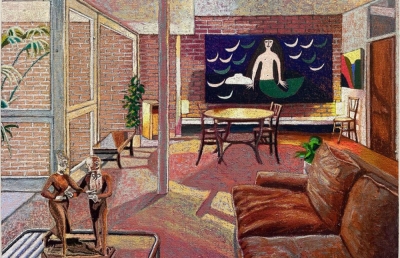It's no question California is a unique state. With terrain ranging from the lofty Sierra Nevadas to the Mojave Desert, each region is colored by the landscape, which, in turn, defines the people and their mosaic. In The Land Of Sunshine at Pasadena Museum of California Art tells an intimate story of the development of the California Coastline, its thriving culture, and the camaraderie amongst local artists. Curator Gordon McClelland has lovingly put together a show that will have visitors from all over the country walking away feeling like true West Coast locals. —Samantha Litzsinger
Greg Escalante: Give us a little background about the scope of the show and who’s in it.
Gordon McClelland: In The Land of Sunshine is a show I have thought about doing for a long time, and it finally became a reality earlier this year when the Pasadena Museum of California Art agreed to let me curate and design this exhibition. It features works from as far back as the 1850’s and as recent as this year. Included among the late nineteenth- and early twentieth-century California artists are William Coulter, William Wendt, Joseph Kleitsch, Alson Clark and Duncan Gleason. Artists from the 1930-to-1960 era include Phil Dike, Rex Brandt, Millard Sheets, Keith Crown and Milford Zornes. The 1960s-to-1980s era is represented by a number of fine artists such as Roger Kuntz, Robert Frame, and Richard Bunkall, while more recent works include paintings by Suong Yangchareon, William Wray and Bradford J. Salamon. A special surf art section is comprised of major works by Rick Griffin, John Severson, Bill Ogden and Kevin Short.
Do you have one of my favorite paintings, the guy carrying the board on his back, going up the steps in Laguna?
I'll tell you why I didn't put that one in—because they're going to have a whole show of Phil Dike at the Laguna Museum with a book, so I didn't want to take anything that I thought they were going to use. That said, what is in the surf art section are some truly fine works. The original oil painting titled Pacific Vibrations by Rick Griffin brings some very kaleidoscopic surrealism to the show. Bill Ogden’s work brings another wild psychedelic aspect to the exhibition. John Severson is represented with several abstract works from the 1950s and ’60s that were part of the first series of fine art paintings devoted to capturing the essence of the early years of California surf culture development. Kerne Erickson’s painting for a well-known Roxy surf contest poster from 2000 is included, and Jim Evans’ airbrushed classic for a Surf Research surf wax poster represents that 1970’s culture. Rex Brandt’s well known mid-century Surf Riders abstract painting is also featured in this section.

Photo: Don Milici
So, there’s abstract and representational?
There are nineteenth-century Luminist style paintings, Post-Impressionist works and, in other sections, American illustration art and California-style watercolors. There are Surrealist paintings, geometric abstractions, Photorealist works and many other styles of art. The whole point of this exhibition is to show all the different ways artists have interpreted subjects they encountered along the California coastline. I’ll put it this way: there are many different approaches to tradition and modern art used to produce these works, but, in all cases, the viewer can tell what subject matter inspired each work. As I mentioned, the whole point of the show is to celebrate all the different ways that California artists have interpreted the coast culture. So the idea is that they would pick the subject matter that they found interesting and use their own particular painting language to interpret it.
It's such a great idea for a show, like one of those shows where you just go "God, I can't believe no one has done it before."
Another thing that’s cool is calling it In the Land of Sunshine, and the reason I chose that was because there was this guy named Charles Lummis, who edited a magazine that promoted the development of California coastal towns in the late 1800s. This dude traveled on foot from Cincinnati to Los Angeles to take a job, and then he built this big beautiful stone house up in Highland Park. He's also the founder of The Southwest Museum. Lummis often provided a place for artists to stay for free at his place there, and he would hire them to do illustrations for his publication titled Land of Sunshine. As a tribute to him, I have a couple of posters and some issues of the magazines displayed in a case. The exhibition title also honors this guy who was a real visionary. He arrived here early on and promoted the coast, became a real Southern California guy. He wrote articles saying, "There's a new town of Redondo Beach, there's a new town, Laguna," so he'd write about them and get people interested in these places. I've always liked him, and I kind of wanted to give a tip of the hat. He was such a classic character, so that’s how I got the name for the show.
 Photo: Don Milici
Photo: Don Milici
Who is the youngest artist you decided to put in the show?
Probably Kevin Short, who's, I think, in his forties, and would be the youngest one. Do you know the artist Suong Yangchareon, originally from Hong Kong? This guy paints really soulful, off-beat paintings. He's handled by Paul Thiebaud Gallery in San Francisco, but he lives down here in LA, and most of his paintings center around LA and San Pedro. I think he’s quite an exceptional painter, so I put two of his pieces in the show. As the paintings get closer and closer to modern day, they seem to picture more developed scenes like a 7-Eleven in Oceanside, or just a regular suburban tract house scene in Huntington Beach, showing the way the coast developed. Most of these contemporary people aren't name-dropping types. They're just people whose art I liked and thought deserved to be in the show. The paintings are engaging. The criteria is always that the art is engaging, not necessarily how famous the artist is, and that makes it a better show.
In the Land of Sunshine is on view at the Pasadena Museum of California Art through February 19, 2017.
----
Read this interview and more in the upcoming February issue of Juxtapoz Magazine.

